Complete Wing Chun Abs Workout


Wing Chun abs training is a specialized martial arts exercise integrating dynamic muscle development with martial principles. It strengthens the centerline muscles, boosts internal energy, and improves striking stability.
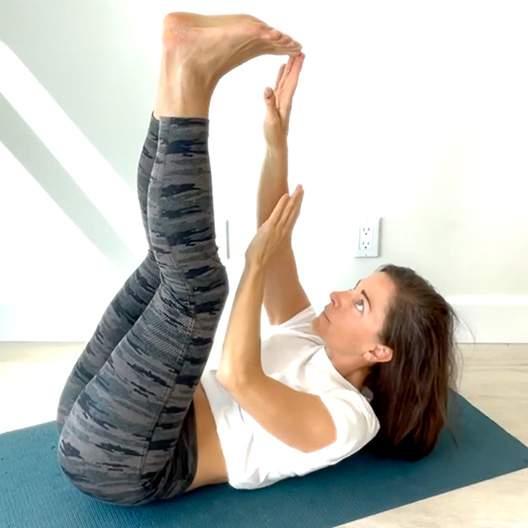
Crucial for Wing Chun stability and power generation. Upper abdominal muscles are crucial for Wing Chun practitioners as they play a vital role in overall core strength and technique execution. Strong upper abs contribute to improved stability, power generation, and body control during martial arts movements. In Wing Chun, these muscles help maintain proper posture and support the transfer of energy from the lower body through the core to the upper body during strikes and defensive techniques.
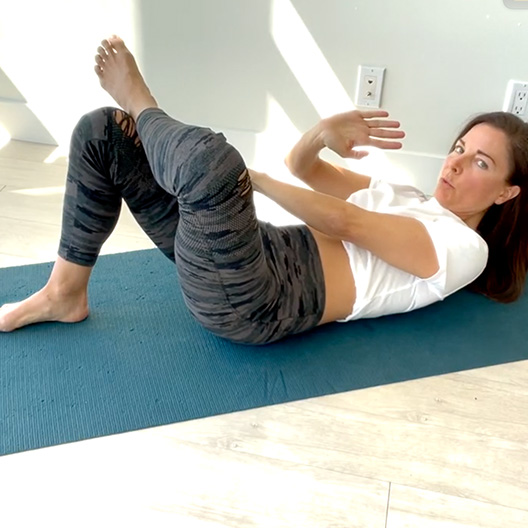
Enhances overall core stability and technique structure. Developing strong middle abdominal muscles is crucial for Wing Chun practitioners as it enhances overall core stability and power generation. The middle abs play a vital role in maintaining proper structure during Wing Chun techniques, allowing for more efficient energy transfer from the legs through the body to deliver powerful strikes. A strong midsection contributes to improved balance and coordination, which are essential for executing fluid movements and maintaining a solid stance in Wing Chun. Additionally, well-developed middle abs protect internal organs during combat situations and contribute to better posture, reducing the risk of back pain and injury during training. By focusing on middle ab development, Wing Chun practitioners can improve their overall performance, power delivery, and defensive capabilities in their martial arts practice.
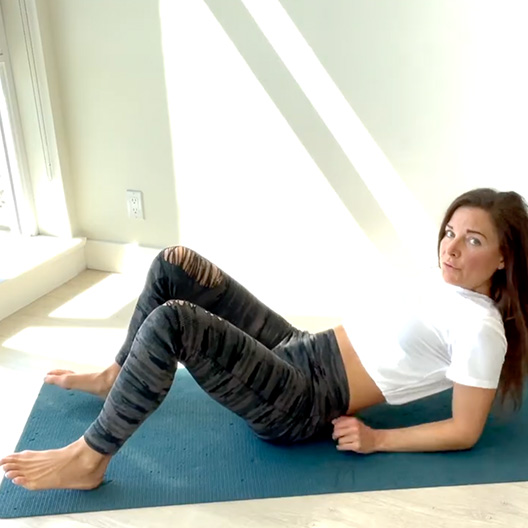
Fundamental for balance and lower body technique power. Developing strong lower abdominal muscles is crucial for Wing Chun practitioners as it enhances overall core strength and stability, which are fundamental to the art's techniques. A strong core, including the lower abs, contributes to improved balance, posture, and power generation in Wing Chun movements. The lower abs play a vital role in maintaining proper structure during stances and transitions, allowing practitioners to execute techniques with greater efficiency and control. Additionally, strong lower abdominal muscles help protect internal organs during combat situations, providing a layer of muscular defense. By focusing on lower ab development, Wing Chun practitioners can improve their ability to transfer power from the legs through the body, resulting in more powerful strikes and better overall performance in their martial arts practice.
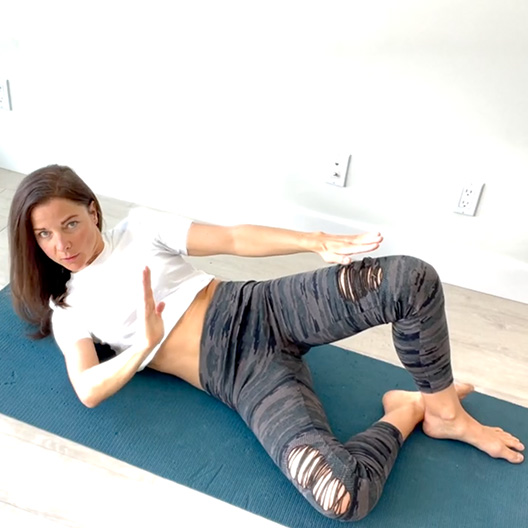
Strong oblique muscles are crucial for Wing Chun practitioners as they contribute significantly to core stability, rotational power, and overall body control. These muscles play a vital role in executing Wing Chun techniques effectively, particularly in generating power for strikes and maintaining balance during quick directional changes. Well-developed obliques enhance a practitioner's ability to perform the rotational movements often seen in Wing Chun, such as the turning stance (yiu ma) and waist-driven punches. Additionally, strong obliques contribute to better posture and spinal alignment, which are essential for proper Wing Chun structure and energy transfer throughout the body. By focusing on oblique strength, Wing Chun practitioners can improve their ability to generate explosive power, maintain stability during combat, and execute techniques with greater precision and control.
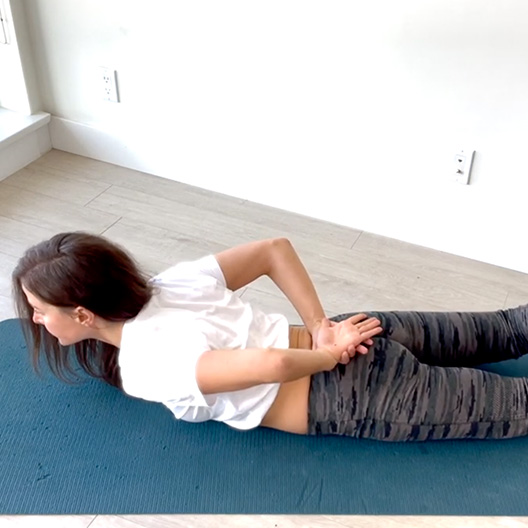
Strong lower back muscles are crucial for Wing Chun practitioners as they contribute significantly to overall core stability, power generation, and proper posture maintenance. These muscles play a vital role in supporting the spine during Wing Chun movements, allowing practitioners to maintain the essential alignment between the tailbone and the crown of the head. A strong lower back helps practitioners execute techniques with greater efficiency and control, particularly during stance work and transitions. Additionally, well-developed lower back muscles aid in maintaining balance and stability during dynamic movements, reducing the risk of injury and enhancing overall performance. By focusing on lower back strength, Wing Chun practitioners can improve their ability to generate power from the ground up, maintain proper structure during techniques, and execute movements with greater precision and endurance.
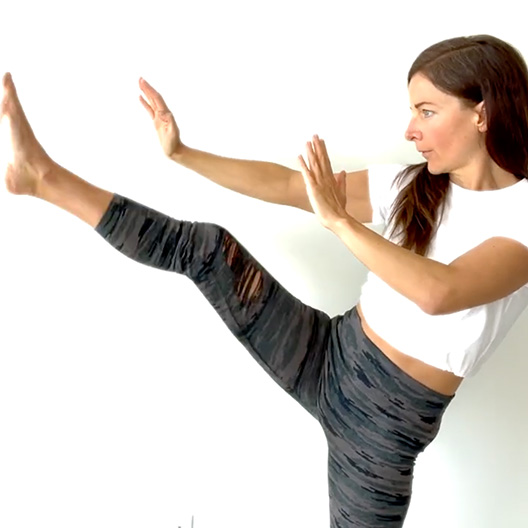
Cardio is essential for Wing Chun practitioners as it enhances overall physical performance and supports the dynamic nature of the martial art. Regular cardiovascular training improves heart health, increases stamina, and builds the endurance necessary for executing rapid, precise techniques. Studies have shown that martial arts training, including Wing Chun, can elevate heart rate more effectively than traditional cardio exercises like running, due to the engagement of multiple muscle groups and dynamic movements. The short, intense bursts of activity in Wing Chun training provide a form of interval training that boosts cardiovascular fitness, helping practitioners maintain high-intensity performance during sparring and self-defense scenarios. Additionally, improved cardiovascular conditioning allows Wing Chun practitioners to maintain better focus, faster reaction times, and the ability to sustain energy throughout training and potential combat situations.
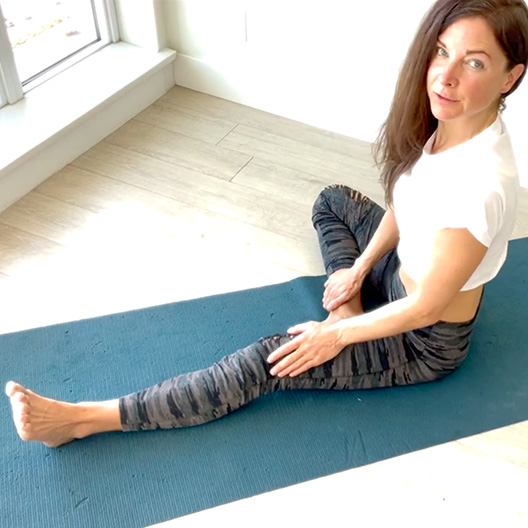
Stretching is crucial for Wing Chun practitioners as it enhances overall performance, prevents injuries, and improves technique execution. Targeted flexibility training helps develop the specific range of motion required for Wing Chun techniques, particularly in the upper body, shoulders, and joints. Dynamic and static-active stretching methods improve joint mobility, reduce the risk of strains and sprains, and contribute to better body awareness4. By consistently incorporating stretching into their training routine, Wing Chun practitioners can increase their flexibility, which allows for more fluid and precise movements, reduces muscle tension, and helps maintain joint health. Moreover, stretching supports the development of the mind-body connection fundamental to Wing Chun, helping practitioners achieve a state of relaxation and improved coordination that is essential for effective martial arts performance.
